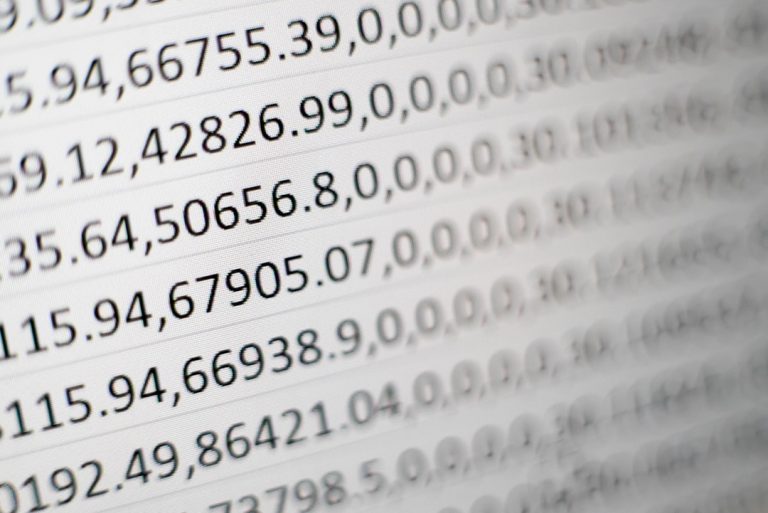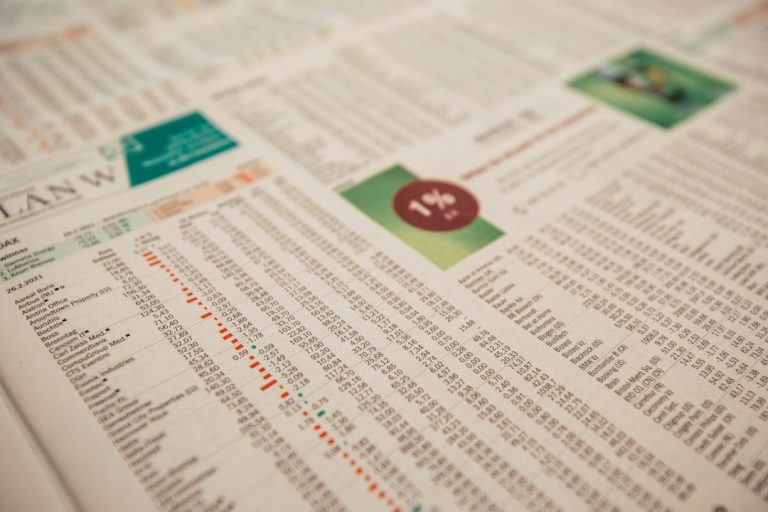
Data analysis is the systematic examination of data to extract meaningful insights and support decision-making. This process encompasses several stages, including data inspection, cleaning, transformation, and modeling. The primary objectives are to uncover patterns, identify relationships, and derive valuable information from datasets.
Effective data analysis requires proficiency in various areas, including statistics, data visualization, preprocessing techniques, machine learning, programming, and critical thinking. These skills enable analysts to interpret complex data and draw accurate conclusions. The importance of data analysis spans numerous sectors, such as business, science, healthcare, and finance.
Organizations utilize data analysis to make informed decisions, identify market trends, predict future outcomes, and maintain a competitive advantage. By leveraging data analysis techniques, companies can drive innovation, optimize operations, and address complex challenges. Key components of data analysis include statistical methods, data visualization tools, machine learning algorithms, and programming languages.
Successful data analysis combines technical expertise with domain knowledge and analytical thinking. This multifaceted approach allows professionals to extract valuable insights from large datasets and facilitate data-driven decision-making processes. As the volume and complexity of data continue to grow, proficiency in data analysis has become increasingly vital.
It empowers individuals and organizations to harness the potential of data, leading to improved strategies, enhanced performance, and innovative solutions across various industries.
Key Takeaways
- Data analysis involves examining, cleaning, transforming, and modeling data to discover useful information, inform conclusions, and support decision-making.
- Statistical analysis is the process of collecting and analyzing data to uncover patterns and trends, and to make inferences and predictions about a population based on a sample of data.
- Data visualization is the graphical representation of information and data to communicate insights and patterns effectively.
- Data cleaning and preprocessing involves identifying and correcting errors, handling missing data, and transforming raw data into a usable format for analysis.
- Machine learning is a subset of artificial intelligence that uses statistical techniques to enable computer systems to learn from and make predictions or decisions based on data.
- Programming skills are essential for data analysis, as they enable the manipulation and analysis of large datasets using programming languages such as Python, R, or SQL.
- Problem-solving and critical thinking are crucial skills for data analysts, as they require the ability to identify and solve complex problems, think analytically, and make sound decisions based on data.
Statistical Analysis
Statistical analysis is a key component of data analysis that involves the collection, organization, analysis, interpretation, and presentation of data. It helps in understanding patterns and relationships within the data, making predictions, and drawing conclusions. Statistical analysis uses mathematical models and techniques to analyze and interpret data, providing valuable insights that can inform decision-making processes.
Statistical analysis encompasses a wide range of methods such as descriptive statistics, inferential statistics, hypothesis testing, regression analysis, and more. These methods help in summarizing and interpreting data, making inferences about populations based on sample data, testing hypotheses, and identifying relationships between variables. Understanding statistical analysis is essential for making sense of complex datasets and extracting meaningful insights.
Statistical analysis plays a crucial role in various fields such as business, economics, healthcare, social sciences, and more. It helps in identifying trends, forecasting future outcomes, making evidence-based decisions, and solving complex problems. By understanding statistical analysis, individuals can effectively analyze data, draw valid conclusions, and make informed decisions that drive business success and innovation.
Data Visualization

Data visualization is the graphical representation of data to communicate information clearly and efficiently. It involves the use of charts, graphs, maps, and other visual elements to present data in a way that is easy to understand and interpret. Data visualization helps in identifying patterns, trends, and outliers within the data, making it easier to derive insights and make informed decisions.
Data visualization plays a crucial role in data analysis by providing a visual representation of complex datasets. It helps in uncovering hidden patterns and relationships within the data that may not be apparent from raw numbers alone. Understanding data visualization is essential for effectively communicating insights from data and making data-driven decisions.
Data visualization encompasses a wide range of techniques and tools such as bar charts, line graphs, scatter plots, heat maps, and more. These visualizations help in summarizing large datasets, identifying trends and patterns, comparing different variables, and presenting findings in a clear and compelling manner. By understanding data visualization, individuals can effectively communicate insights from data and drive informed decision-making processes.
Data Cleaning and Preprocessing
| Metrics | Description |
|---|---|
| Missing Values | The number of missing values in the dataset that need to be handled. |
| Outliers | The number of outliers in the dataset that need to be identified and treated. |
| Normalization | The method used to scale the data to a standard range. |
| Encoding | The technique used to convert categorical data into numerical format. |
| Feature Engineering | The creation of new features from existing data to improve model performance. |
Data cleaning and preprocessing is the process of preparing raw data for analysis by removing errors, inconsistencies, and outliers. It involves identifying missing values, handling duplicates, standardizing formats, and transforming variables to ensure that the data is accurate and reliable. Data cleaning and preprocessing are essential steps in the data analysis process to ensure that the results are valid and meaningful.
Data cleaning and preprocessing involve a variety of techniques such as imputation, normalization, encoding categorical variables, and more. These techniques help in preparing the data for analysis by addressing issues such as missing values, outliers, and inconsistencies. Understanding data cleaning and preprocessing is essential for ensuring that the data is accurate and reliable for analysis.
Data cleaning and preprocessing play a crucial role in ensuring the quality of the data used for analysis. By cleaning and preprocessing the data, individuals can ensure that the results are valid and reliable, leading to more accurate insights and informed decision-making. It is essential to have a strong understanding of data cleaning and preprocessing to ensure that the data used for analysis is accurate and reliable.
Machine Learning
Machine learning is a subset of artificial intelligence that involves the use of algorithms and statistical models to enable computers to learn from data without being explicitly programmed. It encompasses a wide range of techniques such as supervised learning, unsupervised learning, reinforcement learning, and more. Machine learning plays a crucial role in data analysis by enabling computers to identify patterns within the data, make predictions, and automate decision-making processes.
Machine learning algorithms are used in various applications such as predictive analytics, recommendation systems, image recognition, natural language processing, and more. These algorithms help in uncovering patterns within the data that may not be apparent through traditional statistical methods. Understanding machine learning is essential for leveraging the power of algorithms to extract valuable insights from large datasets.
Machine learning involves the use of various programming languages such as Python, R, Java, and more. It requires a combination of technical skills such as data manipulation, model building, evaluation metrics, and more. By understanding machine learning, individuals can leverage the power of algorithms to automate decision-making processes, make predictions, and gain valuable insights from large datasets.
Programming Skills

Programming skills are essential for data analysis as they enable individuals to manipulate data, build models, visualize insights, and automate processes. Understanding programming languages such as Python, R, SQL, Java, and more is crucial for effectively analyzing large datasets and extracting valuable insights. Programming skills enable individuals to write code to clean and preprocess data, build machine learning models, create visualizations, and more.
Programming skills play a crucial role in data analysis by enabling individuals to work with large datasets efficiently. They help in automating repetitive tasks, building custom solutions for specific problems, and leveraging the power of algorithms to extract valuable insights from data. Understanding programming skills is essential for effectively working with large datasets and driving innovation through data-driven decision-making.
Programming skills encompass a wide range of techniques such as data manipulation, model building, visualization libraries, database querying, and more. These skills enable individuals to work with different types of data such as structured data, unstructured data, time series data, and more. By understanding programming skills, individuals can effectively work with large datasets and extract valuable insights that drive business success and innovation.
Problem-Solving and Critical Thinking
Problem-solving and critical thinking are essential skills for effective data analysis. They enable individuals to approach complex problems with a logical mindset, identify patterns within the data, make informed decisions based on evidence, and drive innovation through data-driven insights. Problem-solving skills involve breaking down complex problems into smaller components and finding solutions through logical reasoning.
Critical thinking plays a crucial role in data analysis by enabling individuals to evaluate information objectively, identify biases within the data, consider alternative perspectives, and make informed decisions based on evidence. It involves asking critical questions about the data such as its reliability, validity, relevance, and implications. Understanding problem-solving and critical thinking is essential for effectively analyzing complex datasets and driving innovation through data-driven decision-making.
Problem-solving and critical thinking involve a variety of techniques such as hypothesis testing, root cause analysis, decision trees, logic models, and more. These techniques help in approaching complex problems with a logical mindset, identifying patterns within the data that lead to valuable insights. By understanding problem-solving and critical thinking skills individuals can effectively analyze complex datasets drive innovation through evidence-based decision-making processes.
If you’re looking to enhance your hard skills in data analysis, it’s essential to understand how these skills can be applied across various professions, including those in the healthcare sector. For instance, data analysis is crucial for physical therapist assistants and aides, as it helps in tracking patient progress and outcomes. To explore more about the roles and responsibilities in this field, you might find the article “Physical Therapist Assistants and Aides” insightful. You can read more about it by visiting this link.
FAQs
What are hard skills in data analysis?
Hard skills in data analysis refer to the technical abilities and knowledge required to effectively collect, process, analyze, and interpret data. These skills include proficiency in programming languages such as Python or R, database management, statistical analysis, and data visualization.
Why are hard skills important in data analysis?
Hard skills are important in data analysis because they enable professionals to effectively work with large and complex datasets, derive meaningful insights, and make data-driven decisions. These skills are essential for roles such as data scientist, data analyst, and business intelligence analyst.
What are some examples of hard skills in data analysis?
Examples of hard skills in data analysis include proficiency in programming languages such as SQL, Python, or R, knowledge of statistical analysis techniques, experience with data visualization tools like Tableau or Power BI, and expertise in database management systems such as MySQL or MongoDB.
How can one develop hard skills in data analysis?
One can develop hard skills in data analysis through formal education such as a degree in statistics, computer science, or data science. Additionally, individuals can take online courses, attend workshops, and participate in hands-on projects to gain practical experience and improve their technical abilities in data analysis.
Are hard skills in data analysis in high demand?
Yes, hard skills in data analysis are in high demand as organizations across various industries increasingly rely on data to drive decision-making and gain a competitive edge. Professionals with strong technical abilities in data analysis are sought after for their expertise in extracting valuable insights from data.






